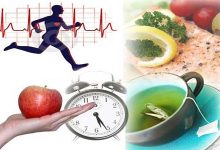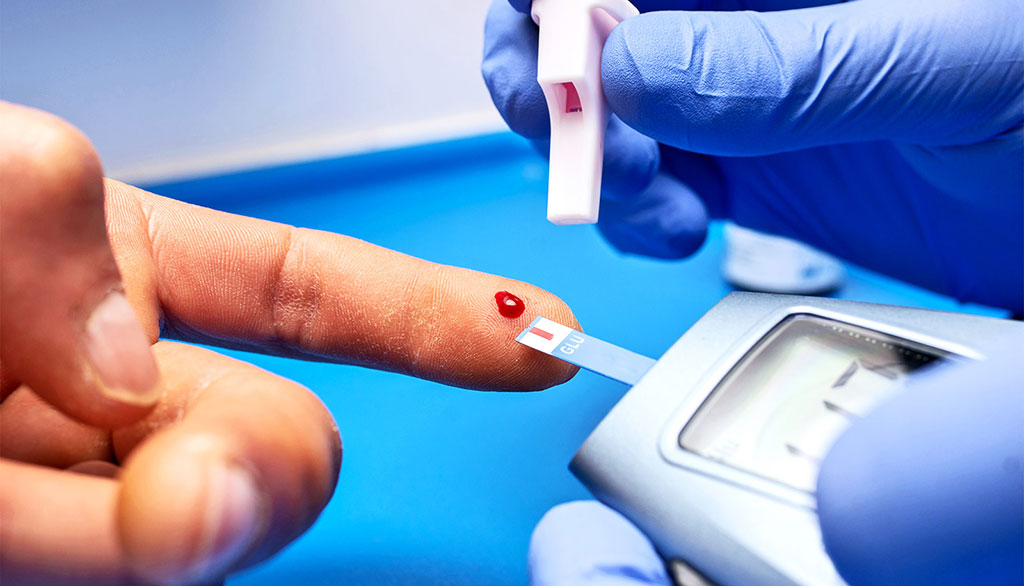What are the treatment and prevention of hypertension?
Hypertension, commonly known as high blood pressure, is a chronic medical condition that affects millions of people worldwide. It occurs when the blood pressure in the arteries is consistently elevated, which can lead to serious health complications such as heart disease, stroke, and kidney failure. While there are various factors that can contribute to hypertension, including genetics and lifestyle choices, it is often referred to as the “silent killer” as it often has no symptoms until it has caused significant damage to the body. Fortunately, there are effective treatment methods available to manage and prevent hypertension, such as medication, lifestyle changes, and regular monitoring. In this article, we will delve into the causes, impacts, and treatment methods of hypertension, in order to provide a comprehensive understanding of this common medical condition.
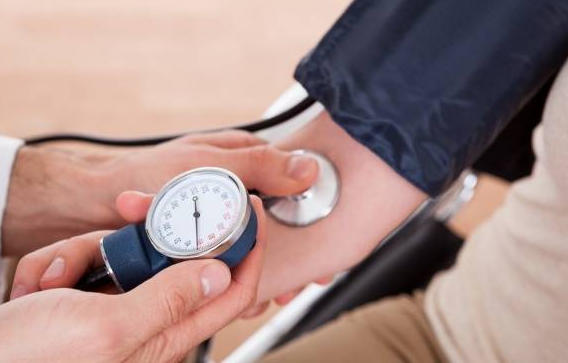
1. Introduction
1.1. Definition of hypertension
Hypertension, commonly referred to as high blood pressure, is a chronic medical condition characterized by elevated blood pressure levels in the arterial system. Blood pressure is the force exerted by blood against the walls of the blood vessels, and it is measured in millimeters of mercury (mmHg) using two numbers: systolic pressure (the pressure when the heart beats) and diastolic pressure (the pressure when the heart is at rest between beats). Hypertension is usually diagnosed when a person’s blood pressure consistently measures 130/80 mmHg or higher over several readings.
1.2. Prevalence and significance of hypertension
Hypertension is a major public health concern, affecting approximately 1.13 billion people worldwide. It is a leading risk factor for cardiovascular diseases, including heart attacks, strokes, and heart failure, and is also linked to kidney disease, vision loss, and cognitive decline. The global prevalence of hypertension has been increasing in recent decades, partly due to aging populations, urbanization, and lifestyle changes. Hypertension is responsible for an estimated 7.5 million deaths annually, accounting for about 12.8% of all-cause mortality.
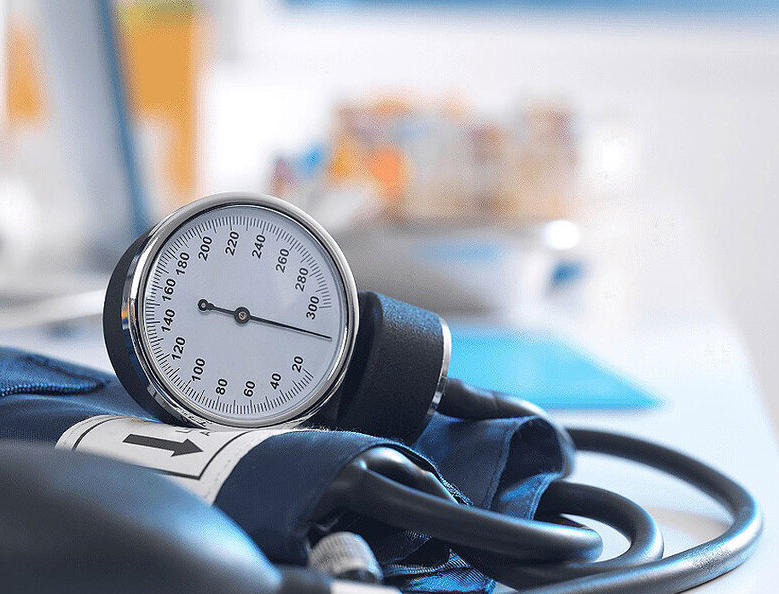
2. Causes and Risk Factors of Hypertension
2.1. Genetic factors
Genetic factors play a significant role in the development of hypertension. Studies have found that the risk of developing hypertension is two to three times higher in individuals with a family history of the condition. Several genes have been identified that can influence blood pressure regulation, and it is believed that multiple genes, each with small effects, contribute to the overall risk. In addition, rare genetic disorders, such as primary aldosteronism and Liddle syndrome, can directly cause hypertension.
2.2. Environmental factors
Environmental factors can also contribute to the development of hypertension. These include exposure to certain chemicals or pollutants, such as lead or air pollution, which have been linked to elevated blood pressure levels. Moreover, living in a socioeconomically disadvantaged area or experiencing chronic stress can increase the risk of hypertension, as these factors can limit access to healthy food and opportunities for physical activity, and contribute to unhealthy lifestyle behaviors.
2.3. Lifestyle factors
Various lifestyle factors can increase the risk of developing hypertension. These include:
– Poor diet: Consuming a diet high in sodium, saturated fats, and processed foods, and low in potassium, fiber, and other essential nutrients can contribute to high blood pressure.
– Physical inactivity: A sedentary lifestyle can lead to weight gain, increased heart rate, and decreased blood vessel flexibility, all of which can contribute to hypertension.
– Obesity: Excess body weight is a major risk factor for hypertension, as it can lead to increased strain on the heart and blood vessels, hormonal imbalances, and elevated levels of inflammation.
– Tobacco use: Smoking or using tobacco products can cause blood vessels to narrow, resulting in increased blood pressure. The chemicals in tobacco can also damage the arterial walls, further contributing to hypertension.
– Excessive alcohol consumption: Drinking alcohol in large quantities can raise blood pressure, both acutely and over time, by disrupting the balance of various hormones and neurotransmitters involved in blood pressure regulation.
2.4. Medical conditions and medications
Certain medical conditions and medications can increase the risk of developing hypertension. These include:
– Chronic kidney disease: Impaired kidney function can lead to the accumulation of sodium and fluid in the body, causing blood pressure to rise.
– Sleep apnea: This sleep disorder, characterized by repeated pauses in breathing during sleep, can cause hormonal imbalances and increased sympathetic nervous system activity, both of which can contribute to hypertension.
– Diabetes: High blood sugar levels can damage blood vessels, leading to increased blood pressure.
– Hormonal disorders: Conditions such as hyperthyroidism, hypothyroidism, and Cushing’s syndrome can affect blood pressure regulation.
– Medications: Some medications, including nonsteroidal anti-inflammatory drugs (NSAIDs), oral contraceptives, and certain antidepressants, can raise blood pressure levels.
Understanding the various causes and risk factors for hypertension is crucial for developing effective prevention strategies and tailored treatment plans for individuals at risk.
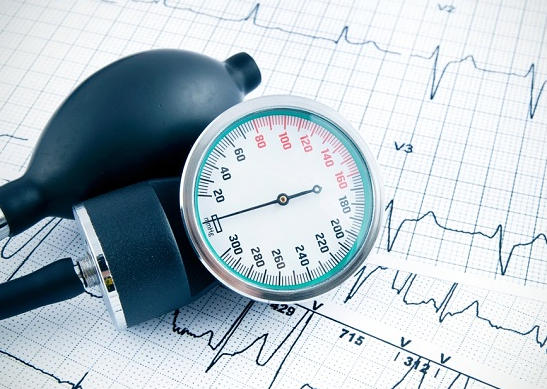
3. Consequences of Hypertension
3.1. Damage to the cardiovascular system
Prolonged hypertension can cause extensive damage to the cardiovascular system. High blood pressure puts extra strain on the heart, forcing it to work harder to pump blood throughout the body. This increased workload can cause the heart muscle to thicken and weaken over time, increasing the risk of heart failure. Hypertension can also contribute to the formation of atherosclerotic plaques in the blood vessels, leading to reduced blood flow, coronary artery disease, heart attacks, and angina (chest pain).
3.2. Impact on the kidneys
Hypertension is a leading cause of chronic kidney disease and kidney failure. High blood pressure can damage the blood vessels in the kidneys, impairing their ability to filter waste and excess fluid from the blood. Over time, this damage can lead to a build-up of waste products in the body, ultimately resulting in kidney failure. Furthermore, kidney damage caused by hypertension can create a vicious cycle, as impaired kidney function can cause blood pressure to rise even further.
3.3. Effects on the brain and cognitive function
Hypertension can have detrimental effects on brain function and cognitive abilities. High blood pressure can damage the blood vessels in the brain, reducing blood flow and increasing the risk of stroke. Additionally, hypertension has been linked to cognitive decline, dementia, and Alzheimer’s disease, as sustained high blood pressure can lead to the disruption of the blood-brain barrier, accumulation of harmful proteins in the brain, and damage to brain cells.
3.4. Hypertension and pregnancy
High blood pressure during pregnancy can lead to complications for both the mother and the baby. Hypertension in pregnancy is associated with an increased risk of preeclampsia, a potentially life-threatening condition characterized by high blood pressure and damage to organs such as the liver and kidneys. Preeclampsia can lead to complications such as premature birth, low birth weight, and placental abruption (when the placenta separates from the uterus before delivery). Furthermore, women with a history of hypertension are at an increased risk of developing cardiovascular disease later in life.
The various consequences of hypertension highlight the importance of early detection, effective management, and prevention strategies to minimize the risks associated with this condition. By controlling blood pressure levels, individuals can reduce their risk of developing the serious health complications associated with hypertension.
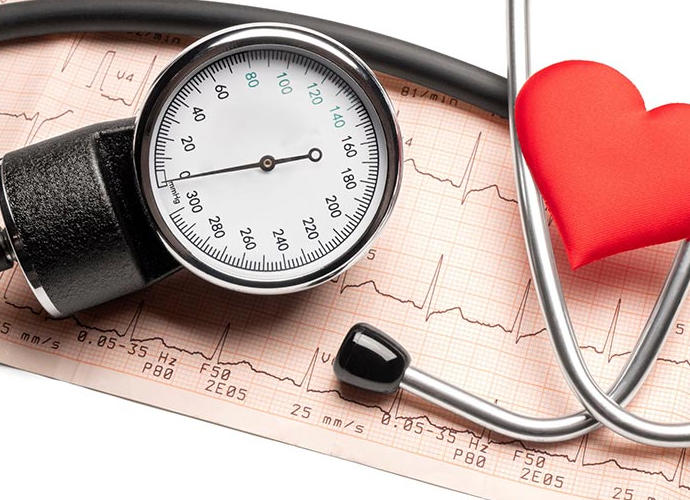
4. Diagnosis of Hypertension
4.1. Blood pressure measurement techniques
Blood pressure is typically measured using a sphygmomanometer, which consists of an inflatable cuff and a pressure gauge. The cuff is placed around the upper arm and inflated to temporarily stop blood flow in the brachial artery. As the cuff is slowly deflated, the healthcare provider listens for the return of blood flow (using a stethoscope) and records the systolic and diastolic pressures. Blood pressure measurements can also be taken using automated devices, which employ oscillometric methods to detect blood flow and calculate blood pressure values.
4.2. Classification of hypertension
The American College of Cardiology (ACC) and the American Heart Association (AHA) have established guidelines for classifying blood pressure levels:
– Normal: Systolic pressure below 120 mmHg and diastolic pressure below 80 mmHg
– Elevated: Systolic pressure between 120-129 mmHg and diastolic pressure below 80 mmHg
– Stage 1 hypertension: Systolic pressure between 130-139 mmHg or diastolic pressure between 80-89 mmHg
– Stage 2 hypertension: Systolic pressure at or above 140 mmHg or diastolic pressure at or above 90 mmHg
Hypertension is usually diagnosed after multiple elevated blood pressure readings taken on separate occasions, as blood pressure can fluctuate due to various factors such as stress, physical activity, or caffeine intake.
4.3. Ambulatory and home blood pressure monitoring
Ambulatory blood pressure monitoring (ABPM) involves the use of a portable device that records blood pressure readings at regular intervals (usually every 15-30 minutes) over a 24-hour period. This method provides a more accurate assessment of an individual’s average blood pressure, as it captures fluctuations throughout the day and night. Home blood pressure monitoring can also be helpful in diagnosing hypertension, particularly in cases where “white coat syndrome” (elevated blood pressure readings in a clinical setting due to anxiety) or “masked hypertension” (normal blood pressure readings in a clinical setting but elevated readings outside the clinic) are suspected.
4.4. Identifying secondary causes of hypertension
In some cases, hypertension can be caused by an underlying medical condition or the use of certain medications. It is important to identify secondary causes of hypertension, as treating the underlying cause can often result in improved blood pressure control. Healthcare providers may conduct a thorough medical history, physical examination, and laboratory tests to rule out potential secondary causes, such as kidney disease, hormonal disorders, or sleep apnea.
The accurate diagnosis of hypertension is crucial for determining the most appropriate treatment plan and preventing the development of complications associated with high blood pressure. By identifying and addressing the root causes of hypertension, healthcare providers can help patients achieve better blood pressure control and reduce their risk of serious health consequences.
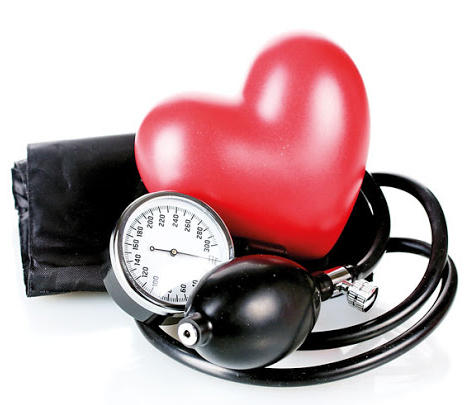
5. Non-Pharmacological Treatment Approaches
5.1. Lifestyle modifications
Lifestyle modifications are often the first line of treatment for individuals with hypertension, as they can help lower blood pressure naturally and reduce the need for medication. Key lifestyle changes include:
5.1.1. Dietary changes
Adopting a healthier diet can significantly lower blood pressure. The DASH (Dietary Approaches to Stop Hypertension) diet is a well-studied dietary plan that emphasizes the consumption of fruits, vegetables, whole grains, lean protein, and low-fat dairy products while limiting sodium, saturated fat, and added sugars. Studies have shown that following the DASH diet can reduce systolic blood pressure by 8-14 mmHg.
5.1.2. Physical activity
Regular physical activity can help lower blood pressure by strengthening the heart, improving blood circulation, and promoting weight loss. The American Heart Association recommends that adults engage in at least 150 minutes of moderate-intensity aerobic exercise or 75 minutes of vigorous-intensity aerobic exercise per week, along with muscle-strengthening activities at least two days per week.
5.1.3. Weight management
Losing excess weight can lead to significant reductions in blood pressure. A weight loss of just 5-10% of body weight can result in a noticeable decrease in blood pressure levels. Weight loss can be achieved through a combination of dietary changes, increased physical activity, and behavior modification strategies, such as setting realistic goals, tracking progress, and seeking support from friends, family, or healthcare professionals.
5.1.4. Stress reduction
Chronic stress can contribute to high blood pressure by causing the body to release stress hormones that constrict blood vessels and increase heart rate. Incorporating stress management techniques into daily life, such as deep breathing exercises, progressive muscle relaxation, meditation, yoga, or engaging in hobbies and social activities, can help promote relaxation and lower blood pressure.
5.2. Alternative and complementary therapies
Some individuals with hypertension may find benefit from alternative or complementary therapies, although evidence supporting their effectiveness is often limited or inconclusive. Some of these therapies include:
– Biofeedback: A technique that involves monitoring physiological responses, such as heart rate or muscle tension, and learning to control them through relaxation or visualization techniques.
– Acupuncture: An ancient Chinese practice that involves inserting thin needles into specific points on the body to stimulate the release of natural pain-relieving chemicals and promote relaxation.
– Herbal remedies: Some herbal supplements, such as garlic, hawthorn, and flaxseed, have been reported to lower blood pressure, although their effectiveness and safety have not been well-established.
It is important to discuss any alternative or complementary therapies with a healthcare provider before trying them, as some may interact with medications or cause adverse effects.
By adopting non-pharmacological treatment approaches, individuals with hypertension can improve their blood pressure control and overall health, potentially reducing their reliance on medications and decreasing the risk of complications associated with high blood pressure.
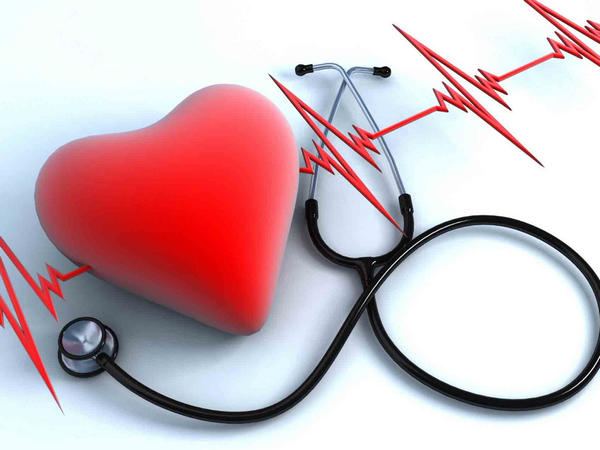
6. Pharmacological Treatment Approaches
6.1. Medication classes
When lifestyle modifications alone are insufficient for managing hypertension, medications may be prescribed to help lower blood pressure. There are several classes of blood pressure-lowering medications, each with its own mechanism of action:
6.1.1. Diuretics
Diuretics, also known as “water pills,” work by increasing the amount of salt and water excreted by the kidneys, which reduces the volume of blood in the bloodstream and lowers blood pressure. Common types of diuretics include thiazide diuretics, loop diuretics, and potassium-sparing diuretics.
6.1.2. Angiotensin-converting enzyme (ACE) inhibitors
ACE inhibitors work by blocking the production of angiotensin II, a hormone that causes blood vessels to constrict. By preventing the formation of angiotensin II, ACE inhibitors help blood vessels relax and dilate, which lowers blood pressure. Examples of ACE inhibitors include lisinopril, enalapril, and ramipril.
6.1.3. Angiotensin II receptor blockers (ARBs)
ARBs work similarly to ACE inhibitors by blocking the action of angiotensin II. However, instead of inhibiting its production, ARBs block angiotensin II from binding to its receptors on blood vessels. This allows blood vessels to relax and dilate, lowering blood pressure. Examples of ARBs include losartan, valsartan, and candesartan.
6.1.4. Calcium channel blockers
Calcium channel blockers prevent calcium from entering the muscle cells of the heart and blood vessels, which helps blood vessels relax and dilate. This reduces the force of the heart’s contractions and lowers blood pressure. Examples of calcium channel blockers include amlodipine, diltiazem, and nifedipine.
6.1.5. Beta-blockers
Beta-blockers work by blocking the effects of the hormone epinephrine (adrenaline), which causes the heart to beat faster and with more force. By reducing the heart rate and force of contractions, beta-blockers help lower blood pressure. Examples of beta-blockers include metoprolol, atenolol, and bisoprolol.
6.2. Selecting the appropriate medication
The choice of medication for treating hypertension depends on several factors, including the severity of the condition, the presence of other health issues, age, ethnicity, and potential side effects. Healthcare providers may start with a single medication at a low dose and gradually adjust the dosage or add additional medications as needed to achieve optimal blood pressure control.
6.3. Adherence to medication and monitoring
Adherence to prescribed medications is crucial for achieving and maintaining blood pressure control. Patients should be educated about the importance of taking their medications as directed, even if they are not experiencing any symptoms. Regular follow-up appointments and blood pressure monitoring are necessary to assess the effectiveness of the treatment plan and make adjustments as needed.
Pharmacological treatment approaches can be highly effective in managing hypertension when combined with lifestyle modifications. By closely monitoring blood pressure levels and working with healthcare providers to find the most appropriate medication regimen, individuals with hypertension can reduce their risk of complications and improve their overall health.
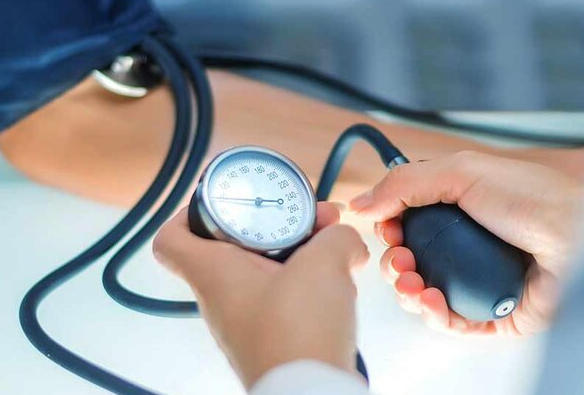
7. Hypertension Prevention Strategies
7.1. Healthy diet and sodium reduction
Eating a balanced, nutritious diet plays a crucial role in preventing hypertension. The DASH (Dietary Approaches to Stop Hypertension) diet is an effective dietary plan for lowering blood pressure and maintaining healthy levels. Reducing sodium intake is also important, as excessive sodium consumption can lead to fluid retention and increased blood pressure. The American Heart Association recommends consuming no more than 2,300 mg of sodium per day, ideally aiming for an even lower intake of 1,500 mg per day.
7.2. Regular physical activity
Engaging in regular physical activity can help prevent hypertension by strengthening the heart, improving blood circulation, and promoting weight loss. The American Heart Association recommends that adults participate in at least 150 minutes of moderate-intensity aerobic exercise or 75 minutes of vigorous-intensity aerobic exercise per week, along with muscle-strengthening activities at least two days per week.
7.3. Weight management
Maintaining a healthy body weight is essential for preventing hypertension. Excess body weight can increase the risk of developing high blood pressure and make it more difficult to manage existing hypertension. Weight management strategies include adopting a healthy diet, increasing physical activity, and implementing behavior modification techniques such as setting realistic goals, tracking progress, and seeking support from friends, family, or healthcare professionals.
7.4. Stress management
Effectively managing stress is important for preventing hypertension, as chronic stress can contribute to elevated blood pressure levels. Incorporating stress reduction techniques into daily life, such as deep breathing exercises, progressive muscle relaxation, meditation, yoga, or engaging in hobbies and social activities, can help promote relaxation and maintain healthy blood pressure levels.
7.5. Limiting alcohol and tobacco consumption
Excessive alcohol consumption can raise blood pressure and increase the risk of hypertension. It is recommended that men limit their alcohol intake to no more than two drinks per day and women to no more than one drink per day. Smoking and tobacco use can also raise blood pressure and damage blood vessels, increasing the risk of hypertension and related complications. Quitting smoking and avoiding exposure to secondhand smoke are essential steps in preventing hypertension and improving overall cardiovascular health.
7.6. Regular check-ups and blood pressure monitoring
Regular health check-ups and blood pressure monitoring can help detect early signs of hypertension, allowing for prompt intervention and treatment. Early detection and management of elevated blood pressure can prevent the development of complications associated with hypertension.
By adopting these prevention strategies, individuals can reduce their risk of developing hypertension and maintain healthy blood pressure levels, thereby promoting better cardiovascular health and overall well-being.


